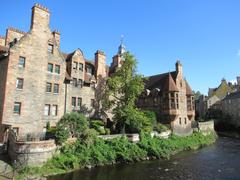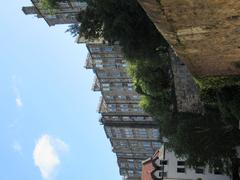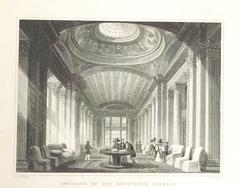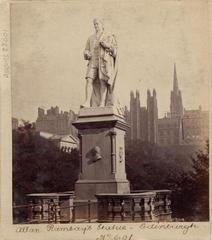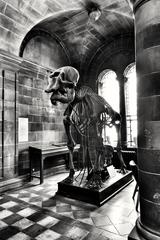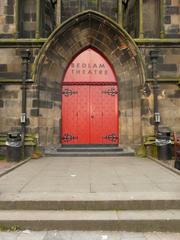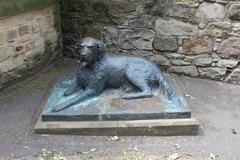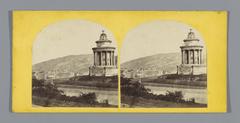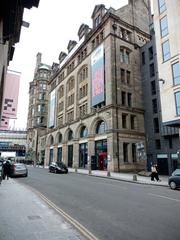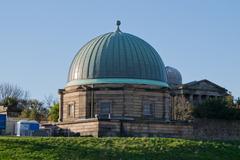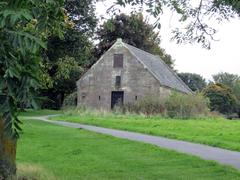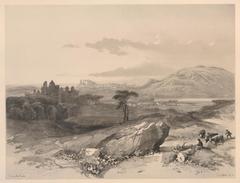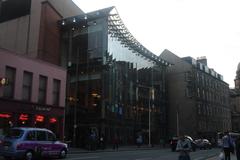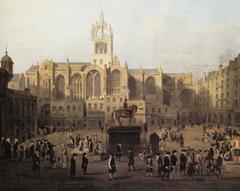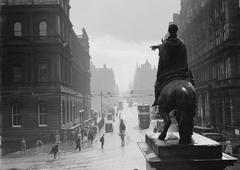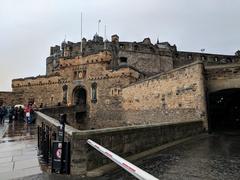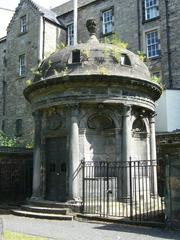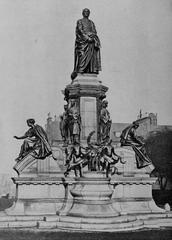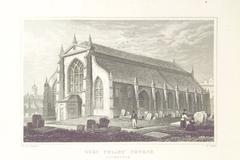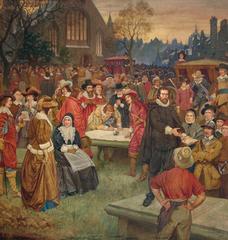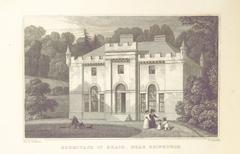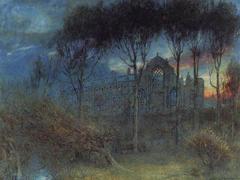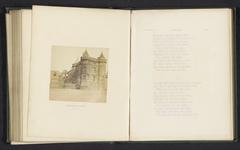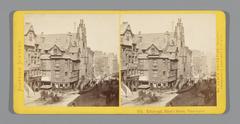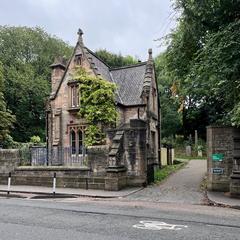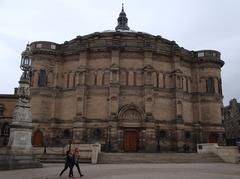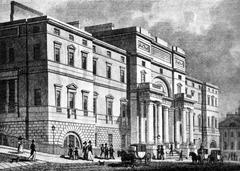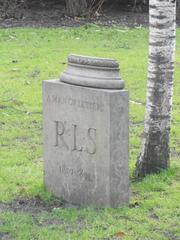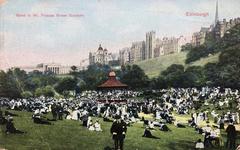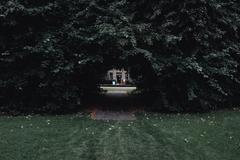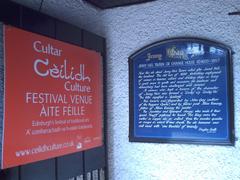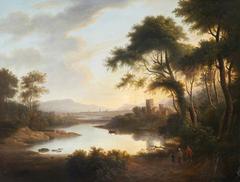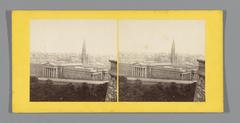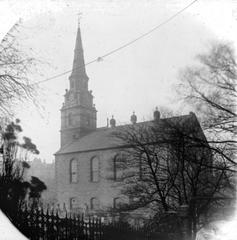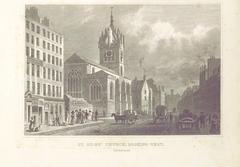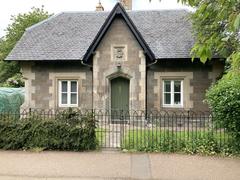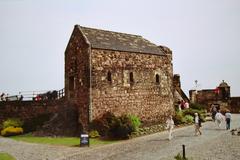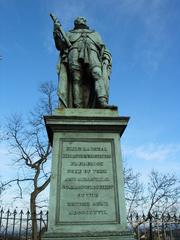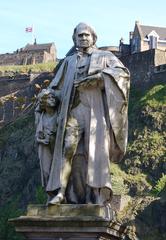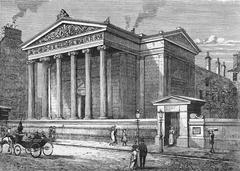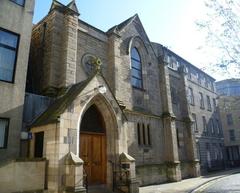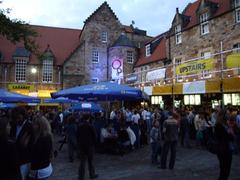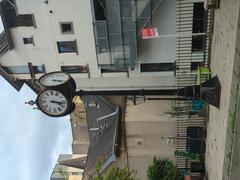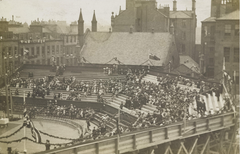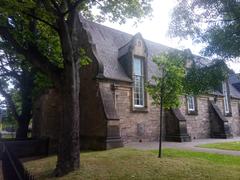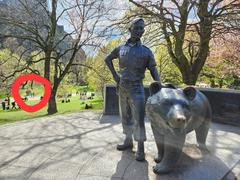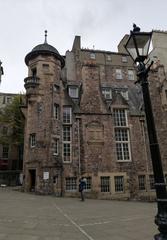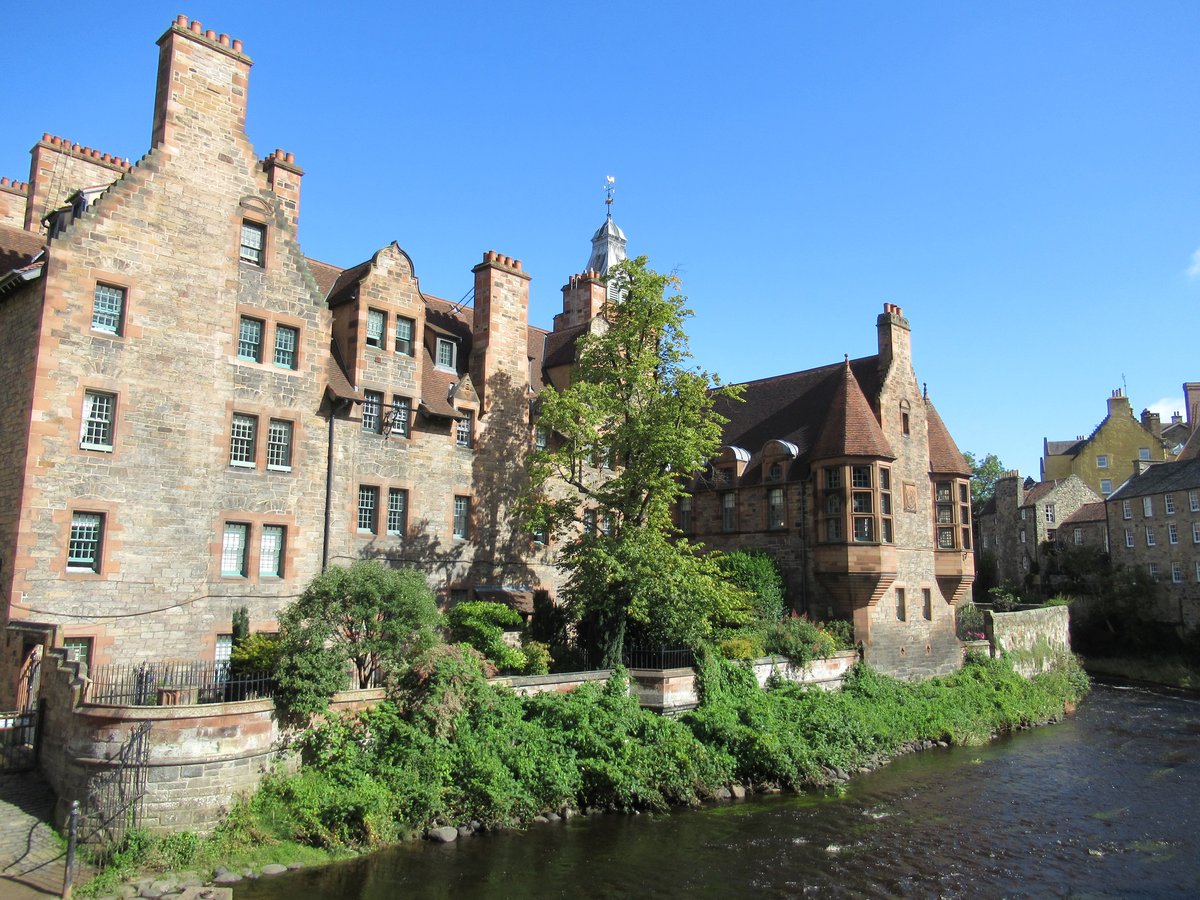
Complete Guide to Visiting Dean Village, Edinburgh, United Kingdom
Publication Date: 18/08/2024
Introduction to Dean Village
Dean Village, nestled along the Water of Leith in Edinburgh, is a captivating blend of historical significance, architectural splendor, and natural beauty. Originally known as the Water of Leith Village, Dean Village’s roots extend back to the 12th century when it was founded by the Canons Regular of Holyrood Abbey under King David I (Introducing Edinburgh). This picturesque enclave, characterized by its deep valley setting, became a thriving milling hub for over eight centuries, powered by the robust currents of the Water of Leith (Wikipedia). Despite facing industrial decline and significant damage from the Great Fire of 1824, Dean Village has undergone remarkable preservation and restoration efforts, transforming it from an industrial slum to a sought-after residential area and tourist destination (Out About Scotland). This comprehensive guide delves into the rich history, architectural highlights, practical visitor tips, and cultural significance of Dean Village, making it an essential resource for anyone planning to explore this hidden gem in Edinburgh.
Contents Overview
- Introduction
- History of Dean Village
- Origins and Early Development
- Flourishing Milling Community
- Industrial Decline and the Great Fire of 1824
- Preservation and Restoration Efforts
- Modern-Day Dean Village
- Architectural Highlights
- Visiting Dean Village: Practical Information
- Visiting Hours and Tickets
- Accessibility and Visitor Tips
- Key Attractions
- Cultural Significance and Popular Culture
- FAQs
- Conclusion
History of Dean Village
Origins and Early Development
Dean Village, originally known as the Water of Leith Village, traces its origins back to the 12th century. The village was founded by the Canons Regular of Holyrood Abbey, under the reign of King David I. The name “Dean” comes from the Scots word “dene,” meaning “deep valley,” aptly describing its geographical setting along the Water of Leith (Introducing Edinburgh).
Flourishing Milling Community
For over 800 years, Dean Village was a bustling milling community. The strong currents of the Water of Leith powered numerous mills, making the village a significant grain milling hub. At its peak, there were no fewer than eleven working mills in the area (Wikipedia). The village was closely tied to the Edinburgh Incorporated Trade of Baxters (bakers), who utilized the mills to grind grain into flour. This historical connection is commemorated by mill stones and carved stone plaques depicting baked bread and pies scattered throughout the village (Edinburgh World Heritage).
Industrial Decline and the Great Fire of 1824
The industrial prominence of Dean Village began to wane in the 19th century. A significant turning point was the Great Fire of 1824, which caused extensive damage to the village, including the destruction of several mills and warehouses. This catastrophic event accelerated the decline of the milling industry in the area (Edinburgh World Heritage). As industries evolved and moved away from milling, Dean Village fell into a state of decay and abandonment, particularly during the latter half of the 20th century (Out About Scotland).
Preservation and Restoration Efforts
The dilapidation of Dean Village was finally addressed in the late 20th century. In 2007, the Edinburgh World Heritage Trust recognized Well Court, one of the village’s most iconic buildings, as a site of historical significance. Well Court, originally constructed in the 1880s as workers’ accommodation, was restored to its former glory (Out About Scotland). This restoration marked the beginning of a broader effort to preserve and restore the village’s historic architecture and character.
Modern-Day Dean Village
Today, Dean Village is a tranquil residential area that retains much of its historic charm. The village’s proximity to Edinburgh’s city center, combined with its picturesque architecture and serene environment, has made it one of the most sought-after residential areas in the city (Introducing Edinburgh). The transformation from an industrial hub to a peaceful enclave symbolizes Edinburgh’s ability to adapt to changing cultural and economic landscapes (Edinburgh World Heritage).
Architectural Highlights
Dean Village is home to several notable architectural landmarks. The Dean Bridge, designed by Thomas Telford, is a prominent feature that spans the Water of Leith. Another significant structure is St. Bernard’s Well, also designed by Telford, which adds to the village’s historical allure (Visit Scotland). At the heart of the village is Well Court, a striking red sandstone building that epitomizes the arts and crafts movement. Commissioned by Sir John Findlay, Well Court was intended to provide decent housing for the working-class families laboring at the mills (The Culture Trip).
Visiting Dean Village: Practical Information
Visiting Hours and Tickets
Dean Village is open to visitors year-round, with no specific opening hours as it is a residential area. There is no entrance fee, making it an accessible destination for all (Find Love and Travel).
Accessibility and Visitor Tips
Dean Village is easily accessible from Edinburgh’s city center. Visitors can reach the village by walking from nearby areas such as New Town or Old Town Edinburgh. For those who prefer public transportation, several bus routes, including the 13, 19, 36, 37, 41, and 47, stop near the village (Find Love and Travel). Due to the narrow streets and road restrictions, driving is not recommended. Instead, visitors are encouraged to explore the village on foot, allowing them to fully appreciate its historic charm and tranquil atmosphere (Earth Trekkers).
Key Attractions
Visitors to Dean Village can enjoy several key attractions, including:
- Well Court: The most iconic building in the village, Well Court offers a glimpse into the village’s industrial past and its architectural heritage (The Culture Trip).
- Dean Bridge: Designed by Thomas Telford, this bridge provides stunning views of the Water of Leith and the surrounding area (Visit Scotland).
- St. Bernard’s Well: Another Telford design, this well adds to the village’s historical and architectural significance (The Culture Trip).
- Scottish National Gallery of Modern Art: Located nearby, this gallery offers visitors the chance to view an extensive collection of modern and contemporary art (The Culture Trip).
Cultural Significance and Popular Culture
Dean Village holds cultural significance as a record of Edinburgh’s industrial past. The village’s transformation from a bustling milling center to a tranquil residential community serves as a testament to the city’s resilience and adaptability. The preservation of its historic buildings and the ongoing conservation initiatives ensure that future generations can appreciate its unique heritage (Edinburgh World Heritage).
Dean Village’s picturesque setting and historic charm have made it a popular location for photography and tourism. The village’s cobblestone streets, colorful mews houses, and serene river views offer a window back in time, making it a favorite spot for both locals and visitors. The village’s storybook appearance has also made it a popular backdrop for wedding photos and other special occasions (Justin Plus Lauren).
FAQs
What are the visiting hours for Dean Village?
Dean Village is open to visitors year-round with no specific opening hours.
Is there an entrance fee for Dean Village?
No, there is no entrance fee to visit Dean Village.
How can I get to Dean Village?
Dean Village is accessible by foot from Edinburgh’s city center or by bus routes 13, 19, 36, 37, 41, and 47.
Are there guided tours available?
While there are no official guided tours, several local tour companies offer walking tours that include Dean Village.
Conclusion
Dean Village’s rich history, architectural beauty, and cultural significance make it a must-visit destination for anyone exploring Edinburgh. Its transformation from an industrial hub to a tranquil residential area serves as a testament to the city’s resilience and adaptability. Whether you’re a history enthusiast, an architecture lover, or simply seeking a peaceful retreat, Dean Village offers a unique and memorable experience.
For more information and updates, download the Audiala app or follow us on social media.
Citations and Sources
- Introducing Edinburgh. Dean Village. Retrieved from Introducing Edinburgh
- Wikipedia. Dean Village. Retrieved from Wikipedia
- Edinburgh World Heritage. Dean Village. Retrieved from Edinburgh World Heritage
- Out About Scotland. Dean Village. Retrieved from Out About Scotland
- The Culture Trip. Best things to see in Dean Village, Edinburgh. Retrieved from The Culture Trip
- Find Love and Travel. Dean Village. Retrieved from Find Love and Travel
- Earth Trekkers. Dean Village Itinerary. Retrieved from Earth Trekkers
- Visit Scotland. Dean Village. Retrieved from Visit Scotland
- Justin Plus Lauren. Dean Village. Retrieved from Justin Plus Lauren
